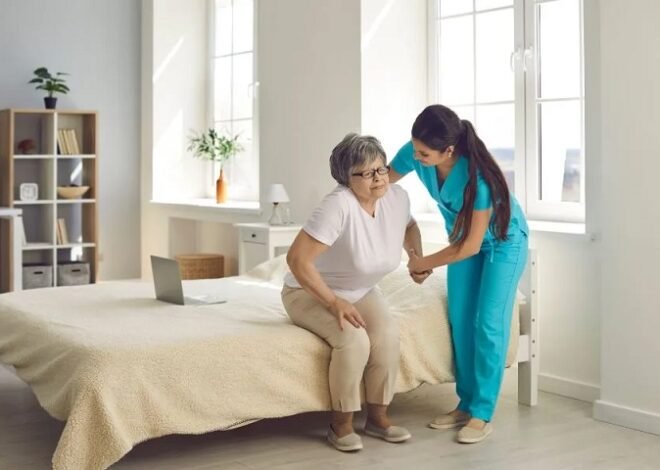
Adaptive Facilities: Meeting the Needs of an Aging Population
Adaptive facilities provide safe, accessible environments that meet the changing needs of aging adults, promoting independence and comfort daily.
Have you ever walked into a building and noticed how easy or hard it was to move around?
For older adults, those small details can make the difference between independence and struggle. As our population grows older, creating spaces that meet their needs is no longer optional-it is essential.
This article explores how adaptive facilities can make life safer, easier, and more fulfilling for everyone. Because when we design for aging, we design for a better future for all.
Accessibility First
Accessible spaces allow older adults to move freely and safely. Ramps and wide doorways help those who use walkers or wheelchairs. Clear, even flooring reduces the risk of trips and falls.
Good lighting is key for those with vision changes. It should limit glare and make it easier to see signs and pathways. Large, high-contrast signs can guide people without confusion.
Health and Safety
Safety features keep older adults protected in daily life. Grab bars in restrooms and hallways help with balance. Emergency call systems give quick access to help when needed.
Clean air and stable temperatures support health. Good ventilation reduces the spread of illness. These systems are vital for people with weaker immune systems.
Technology Integration
Technology can make life easier for older adults. Voice controls help manage lights, doors, and appliances without physical strain. Automated lighting improves safety at night.
Health monitoring tools track vital signs and detect falls. Telehealth spaces let people meet doctors without leaving home. These tools can reduce stress and save time.
Social Connection
Social spaces help prevent loneliness. Group activities like games, classes, and exercise encourage friendships. Outdoor areas can boost both mood and health.
Gardens and walking paths invite people to spend time outside. Intergenerational programs connect older adults with younger people. This bond supports helping seniors manage life changes, offering calming routines and gentle support through emotional transitions in a caring community.
Flexible Use
Spaces that can change serve more people. A large room can host a meeting one day and an exercise class the next. Movable furniture makes this easy.
Layouts should work for both group and private use. This flexibility allows people to choose how they interact. It keeps spaces useful as needs change.
Transportation Access
Easy access to transportation keeps older adults connected. Shuttle services can bring people to medical appointments, stores, and social events. Nearby bus stops with seating and shelter make public transit safer.
Clear schedules and routes reduce confusion. Drivers trained to help with mobility needs make travel less stressful. Good transportation links give people more freedom and independence.
Design Spaces That Grow Old Gracefully
Meeting the needs of an aging population starts with empathy and foresight. It is about seeing the world through the eyes of someone who moves a little slower or needs a little extra help. When we create environments that remove obstacles, we also open doors to freedom, safety, and dignity.
The benefits of adaptive design ripple far beyond one generation. When we build spaces for every stage of life, we invest in a future where inclusion is the norm and independence has no age limit.
Did you learn something new from this article? If so, be sure to check out our blog for more educational content.


